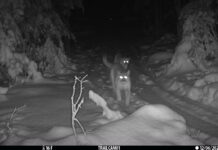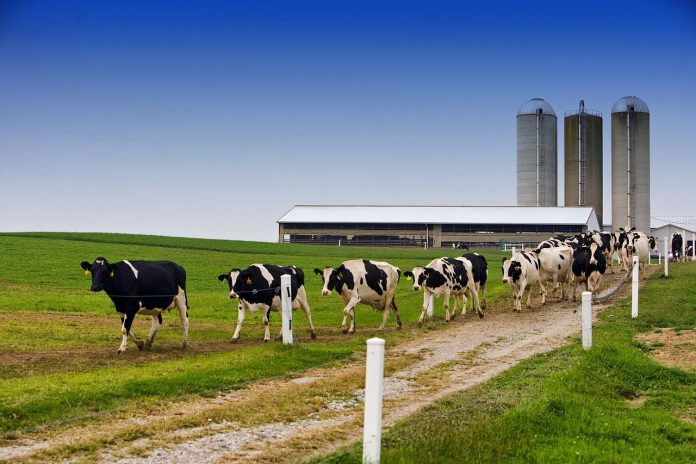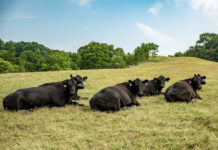During a recent meeting, a question arose about the prevalence of genetic disorders in dairy cattle. The question came from a producer who was experiencing an increase in skeletal birth defects over the last few months and was trying to decide if it was a nutritional problem or a genetic one. Questions about genetic defects are on the rise. In the April issue of the Journal of Dairy Science, a review of the “Management of genetic defects in dairy cattle populations” was published.
Genetic defects are an inevitable consequence of biology and the imperfect mechanism of DNA replication. The risk of a genetic defect caused by recessive mutations becoming apparent increases when there is inbreeding. This increases the risk of a mutant gene coming from both parents. Many genetic defects result in embryonic loss, while others cause abortions, stillbirths and live-born calves that need to be euthanized — calves that don’t survive for the first year and animals that can live but are not formed correctly.
The first reports of genetic defects in livestock appeared in the early 1900s, but little was understood about the biology behind these defects.
Genetic defects
Genetic defects are being discovered more frequently than they used to be; however, these defects are occurring at a lower rate in the population each year. From 1893 to 2024, 168 unique defects were recorded. This rate averaged one per year before the widespread adoption of genomic testing, which increased the identification of genetic defects that never appeared phenotypically. In 2013, 31 new haplotypes that affect fertility, including embryonic loss, were identified. The rate of new genetic defects has slowed down in recent years.
The economic impacts of genetic defects in dairy cattle have decreased by about 2/3 since 2016, mostly through genomics and avoidance of carrier-to-carrier matings. Genomic testing has allowed for a success story on improved animal welfare through decreased genetic defects. From 2012 to 2022, genetic defect haplotypes have seen carrier frequencies decrease by a third in Holstiens and by half in Jerseys. Through this decrease, the effects on conception and death loss have decreased by almost half in Holstein and by seven-eighths in Jerseys. The estimated economic impact of haplotypes on the dairy industry in 2016 was $11 million; with increased knowledge and selection pressure against these defects, those impacts have declined to $4.1 million in 2024.
Management
Identification and management of genetic defects have a messy history of reluctance to report them and a general lack of structure around how they should be reported. The utilization of artificial insemination, unfortunately, has spread some genetic defects rapidly. One bull carrying the HH1 haplotype increases global milk production so much that its economic contributions are 70 times higher than the cost of the genetic defect.
Most breed associations manage the information on genetic defects within their breed. One survey showed that breeders have historically been reluctant to report genetic defects over concerns that it would harm their reputation, making it hard to market their replacement animals. The survey also found that many producers do not know who to report these genetic defects to. The top three places for reporting genetic defects are breed associations, veterinarians and land-grant universities. However, even after a possible new genetic defect is reported, it takes time and money to confirm the defect, how it may be passed on to future offspring and a way to test for it.
The best management of genetic defects is to limit inbreeding to less than 6.25%. Crossbreeding may decrease the risk of carrier-to-carrier matings, but genomics or pedigrees still need to be maintained, as most crossbreeding programs are rotational crossbreeding that still utilize the same breed every few years. When a genetic defect is suspected, utilizing genomic mating can decrease the risk of carrier-to-carrier mating. However, if a genetic defect is known in a herd, avoiding sires with the same defect is advised. Even with sound mating programs, AI technicians prefer to use the same bull when breeding multiple cows.
Based on a study from the University of Georgia in 2023, there were five distinct families within the U.S. Holstein herd. While they had differences in allele frequency, many sires were the same in these families going back 10 generations. While families followed an AI company, there were many parental crosses between companies. When choosing sires to increase desired traits, limiting genetic defects and crossing families not used as often in your herd can provide many benefits.
While the number of genetic defects continues to increase, their total prevalence is declining.













